Hey, babes! On Friday one of the most loved and most sacred magical holidays of the year begins. It’s called Samhain {pronounced Sow-in with the “sow” rhyming with “cow”}. It’s called The Witch’s New Year and is a time when many magical practitioners start their new year in a spiritual sense. It’s also a night for lots of magic, connecting with our ancestors and looking into the year ahead.
This week I’m going to be bringing your a post a day all the way through Saturday talking about different topics and areas of Samhain. So we’re going to start off today with the basics of What Is Samhain!
Here are the Samhain 5 W’s {a.k.a. The Quick Basics}
✔️ Who: honors our ancestors and the Dark Crone Goddess
✔️What: a holiday that marks the in-between time as the seasons make their subtle shift from summer to winter; this is also when the veil between the worlds of the living and the dead thin and the spirits of those on the other side are able to easily pass into the physical world for a visit with friends and family.
✔️When: starts at sundown on October 31st and ends at sundown on November 1st.
✔️Where: believed to have originated with the Celtic people who living in the region of Gaul, Samhain is Gaelic for “Summer’s End”; it came to America, and slowly to other countries, as a tradition carried on largely by Irish immigrants.
✔️Why: this was a time to take stock and make final preparations for the winter, which in centuries past often meant that some people in a village wouldn’t survive because of the harsh conditions and possible low food stores; by taking the time to honor and make offerings to the dead, the spirits of the season and the Gods people believed they had a better chance of survival.
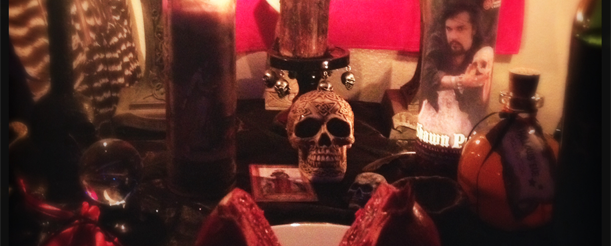
Why is it the Witch’s New Year?
When it comes to the year of the Witch, it follows a cycle that we call the Wheel of the Year. It starts with Yule, the Winter Solstice, the night where we celebrate rebirth, new life and the return of the sun/son {i.e. the myth cycle rebirth of the God}. Samhain is the last celebration on the Wheel of the Year, the last holiday before Yule.
You might be wondering “Then why isn’t Yule the New Year if it’s the beginning of new life and light?” It has to do with this idea of death, endings and transition, that before we can have light there is darkness.
The agricultural calendar of the Celts only had two seasons, summer and winter. As summer ended on October 31st and winter began on November 1st this was the end of one year and start of the next. In a similar fashion the Celts days began at sunset which is why Samhain is celebrated sundown to sundown.
We begin life in darkness so we being the year in darkness, in an inward frame of mind, somewhat like being in a womb. Then at Yule all is reborn, but that gestation period of “newness” from November 1st to roughly December 21st plays an important role. It’s a time for prep and planning so we can take advantage of the return at Yule.

Is this where Halloween comes from?
In part, yes. Halloween is an American secular celebration where as Samhain is a largely spiritual holiday. But as Irish immigrants came to America with their holidays and traditions they began to be adapted and used for new celebrations in the melting pot. Halloween is one of these.
Many things we know of as being part of Halloween today are derived at least in part from Samhain customs. Jack O’Lanterns, leaving or giving out sweet treats, the colors of black and orange, wearing costumes, community gatherings and games that were said to predict the future all comes from various Celtic customs at this time of year.
Despite that, these are two separate holidays celebrated differently but often celebrated together, especially in American households where the family has children and they are modern day Pagans.

What does it mean when “the veil is thin”?
The Celts believed that there was an invisible barrier between the worlds of the living and the dead. This barrier was never seen as “solid”. I like to think of it like a bride’s veil, hence the term “veil”. We could always see the other side, connect if we knew how to lift it, but it took effort and energy to do at other times of the year.
The veil is always easier to lift during what are known as “in-between times”, like the in-between of a season. This is when the veil naturally becomes thinner. The dead could come back to visit the living and the living could easily reach out to communicate with the spirits of the dead that they wished to connect with.
Samhain is the real height of what we call the dying season, which is naturally associated with the spirits of the dead, making this something we come to anticipate at this time of year.
For this reason I think we’re more open to welcoming the dead and our ancestors at Samhain and this is why they come through the veil now. The veil thins at other times of the year as well but we don’t feel and connection to the dead so strongly at those times and I believe this is why. We openly invite them now with the imagery and activities that are part of this time of year, so they come to join in the fun.
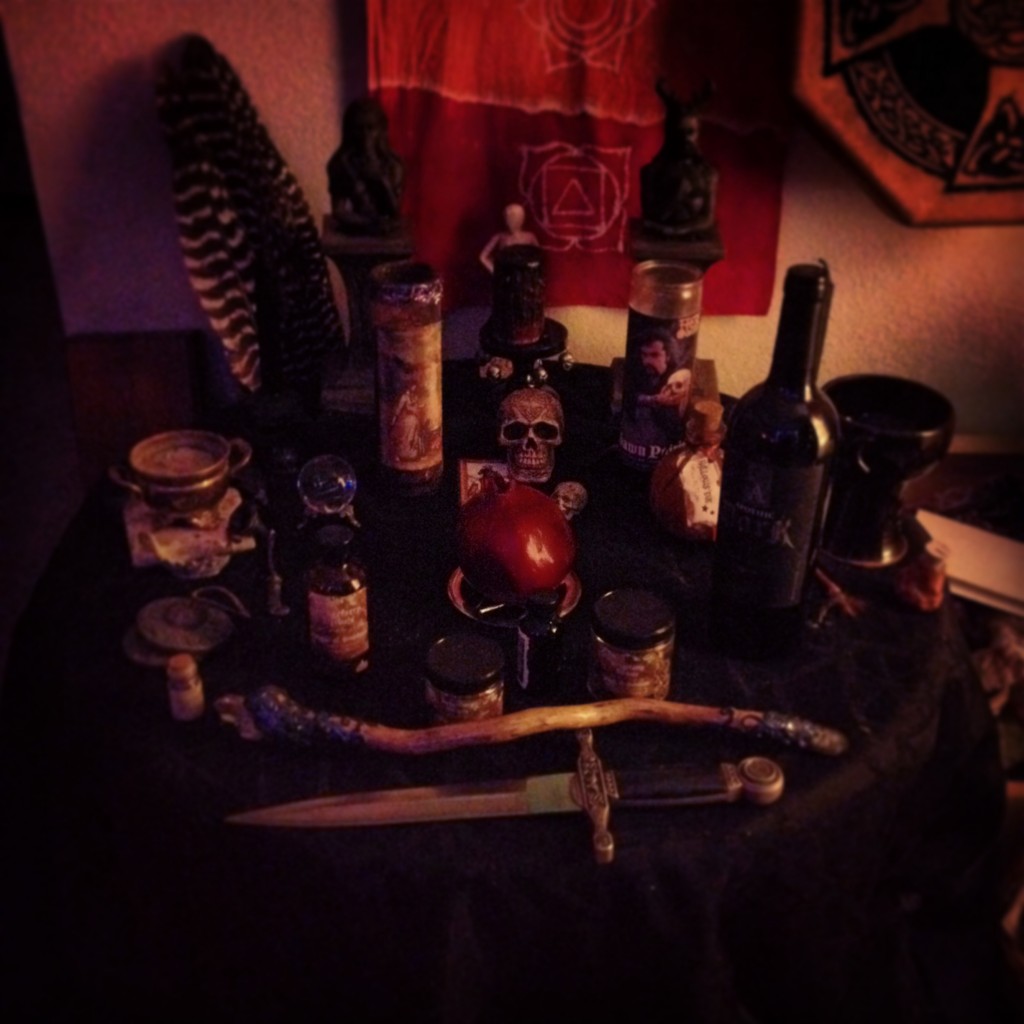
How is Samhain celebrated today?
Everyone celebrates Samhain a little differently but the most common things to do for Samhain are:
? Honoring and remembering your ancestors. This can even be cultural ancestors or heroes that you feel are like part of your soul family.
? Spiritually clearing and cleansing of the home. One way this is often done is to open all the doors and windows and at midnight yell, scream or ring bells to “scare away” any unwanted or harmful spirits or energies that may be in your space.
? Leaving out sweet treats as offerings to spirits passing by. This is part of where our trick-or-treating tradition comes from. By giving a sweet thing to a spirit who comes to visit it is thought to keep them from doing harm {i.e tricking you}.
? Looking through the veil into the year ahead. Doing divination of some form like tarot or oracle readings, wax and water dripping or using mirrors or crystal balls are common on this night. Games that we played as kids like apple bobbing were originally forms of divination to find out who might marry or find a mate in the coming year.
? Wearing costumes. Part of this tradition came from the idea of tricking the spirits that might come to do you harm. If you were dressed up as someone other than yourself they may not recognize you and pass you by unharmed. Now when we dress up in costumes with a spiritual intention behind them we wear things that carry energies and intentions associated with what we want to attract in the year to come.
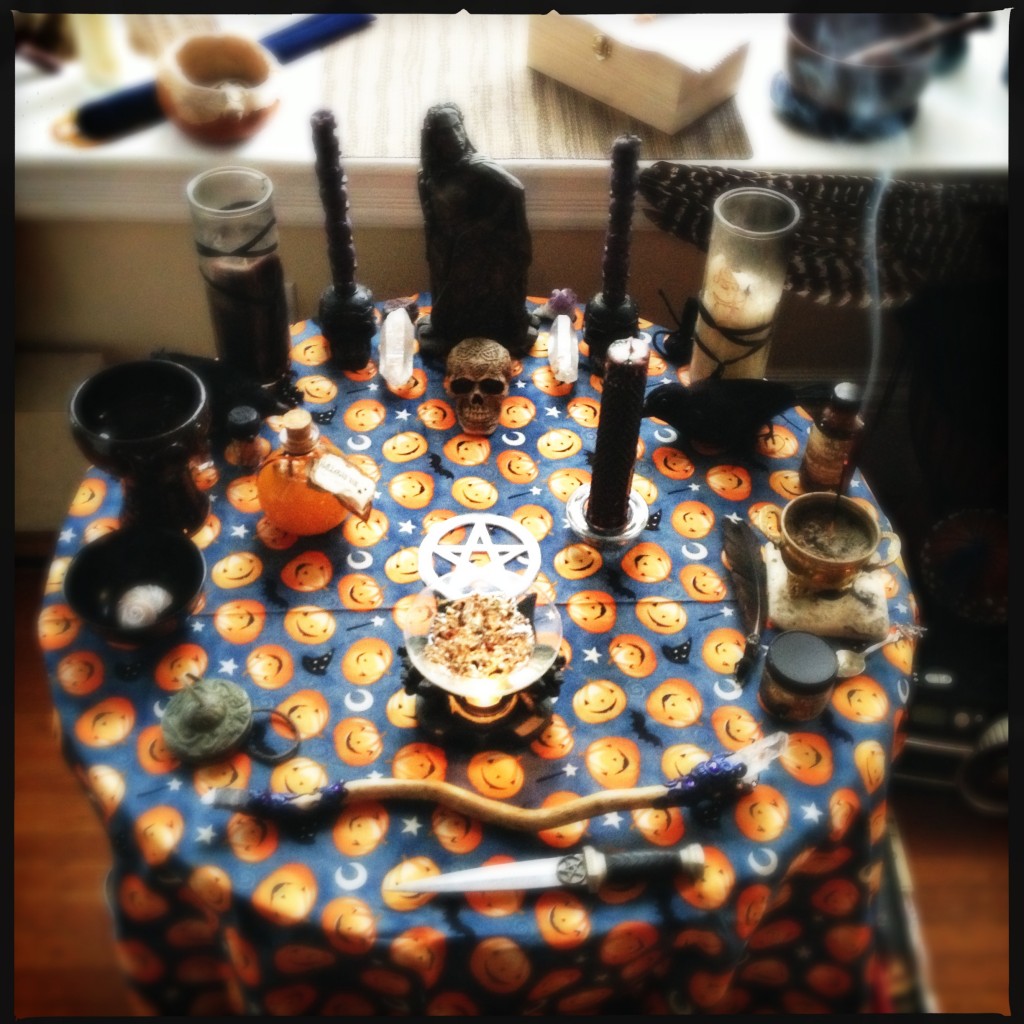
If you’re new to the idea of Samhain but you’d like to make some magic and connect to the spirit of the season on the night of the 31st, here are two simple things you can do.
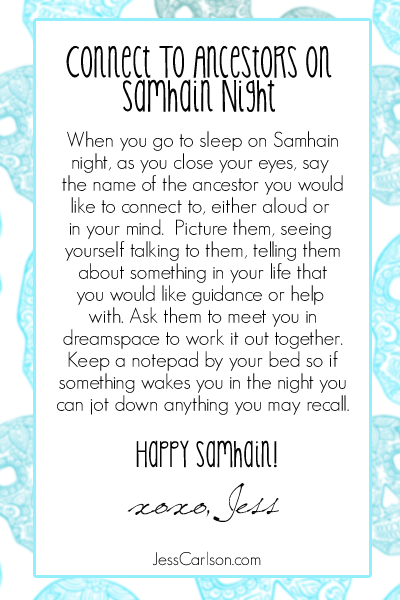
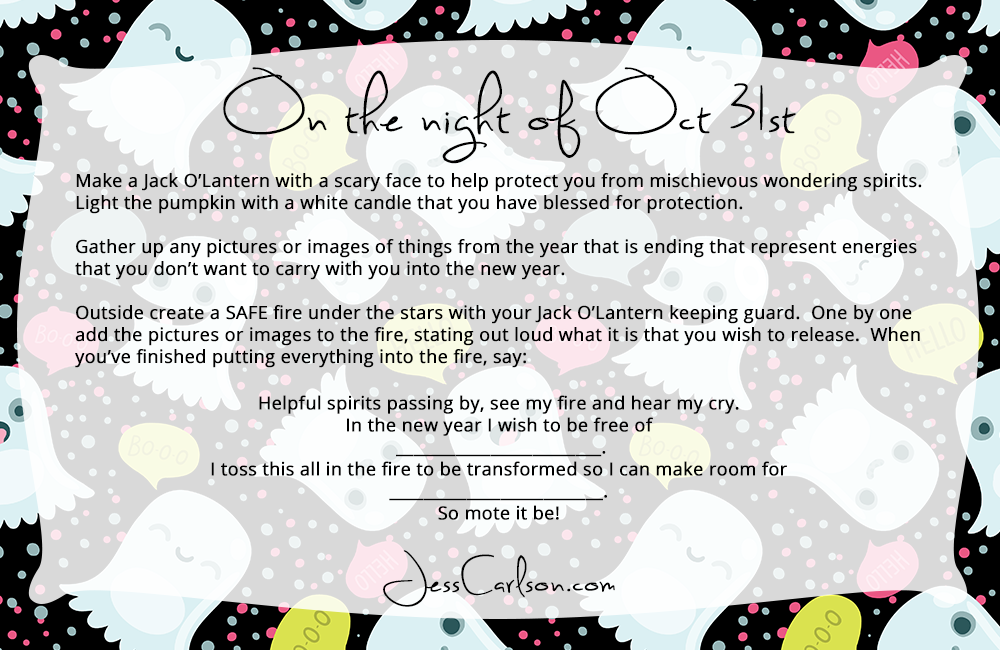
Want to go a little deeper into Samhain?
Check out my Celebrating Samhain eKit!
It comes with an ebook about Samhain and Halloween including information on how to work some Samhain magic and rituals, as well as a guided meditation MP3 that will take you on a spiritual journal to meet the Dark Crone Goddess, the Grandmother of the Wheel of the Year, where she will help connect you to one of your Ancestors!
Click the image below to find out more!
Do you have questions, thoughts, or experiences with Samhain that you’d like to share? Tell me in the comments!
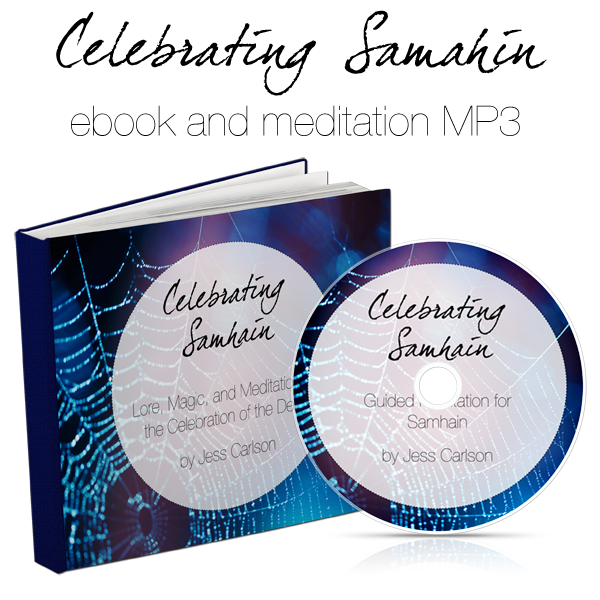




I loved this post! I learned so much about Samhain, as I was not very familiar with it! Thank you for sharing! xo